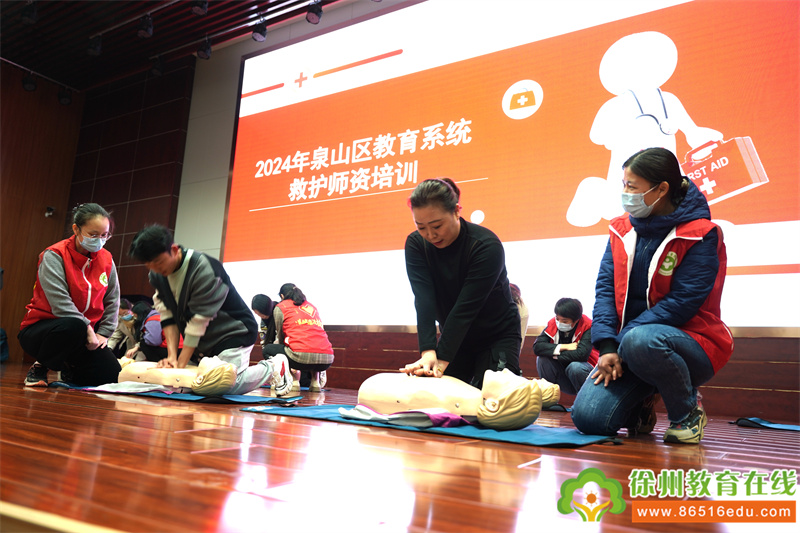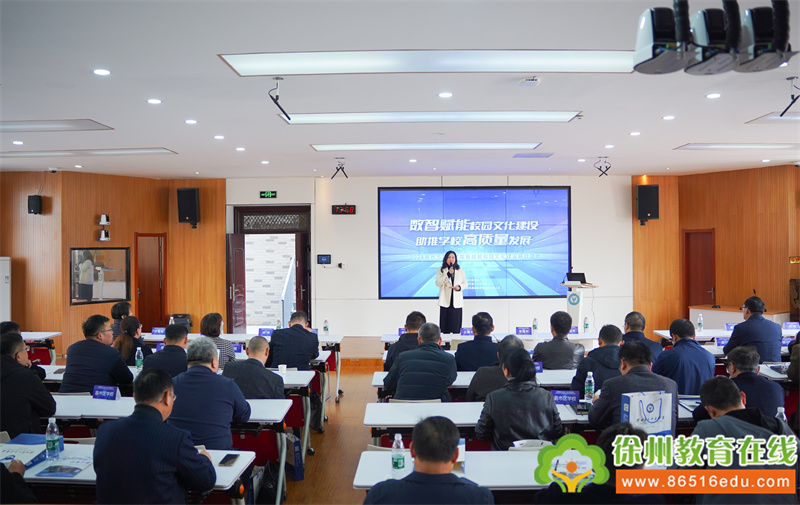 苏公网安备 32031102000486号
苏公网安备 32031102000486号谓语受主语支配,须和主语在人称和数上保持一致,这叫做主谓一致。主谓一致一般遵循三条原则:语法一致原则,意义一致原则和就近一致原则。
1. 语法一致的原则
(1)以单数名词或代词,动词不定式短语作主语时,谓语动词要用单数;主语为复数时,谓语用复数,例如:
He goes to school early every morning.
The children are playing outside.
To work hard is necessary for a student.
(2)由and或both……and连接的并列成分作主语时,谓语动词用复数。例如:
Both he and I are right.
Mr Black and Mrs Black have a son called Tom.
但并列主语如果指的是同一人,同一事物或同一概念,谓语动词用单数。例如:
His teacher and friend is a beautiful girl.
The poet and writer has come.
(3)由and连接的并列单数主语之前如果分别由each, every修饰时,其谓语动词要用单数形式。例如:
In our country every boy and every girl has the right to receive education.
Each man and each woman is asked to help.
(4)主语是单数时,尽管后面跟有 but ,except, besides, with 等介词短语,谓语动词仍用单数。例如:
The teacher with his students is going to visit the museum.
Nobody but two boys was late for class.
Bread and butter is a daily food in the west.
(5) 一些只有复数形式的名词,如people, police, cattle, clothes等作主语时,谓语动词要用复数。例如:
A lot of people are dancing outside.
The police are looking for lost boy.
(6)由each, some, any, no, every 构成的复合代词作主语时,谓语动词都用单数。例如:
Is everybody ready?
Somebody is using the phone.
(7)有两部分构成的物体的名词,如glasses, shoes, trousers, chopsticks, scissors 等作主语时,谓语动词用复数。例如:
Where are my shoes? I can’t find them.
Your trousers are dirty. You’d better change them.
如果这类名词前用了a pair of等,则往往用作单数,谓语动词的单复数形式往往取决于pair的单复数形式。例如:
Here are some new pairs of shoes.
My new pair of socks is on the bed.
2. 意义一致的原则
(1)表时间、距离、价格、度量衡等的名词作主语时,谓语动词通常用单数。例如:
Twenty years is not a long time.
Ten dollars is too dear.
(2)有些集合名词,如family, team等作主语时,如作为一个整体看待,谓语动词用单数;如指其中每个成员,则用复数。例如:
My family is big one.
My family are watching TV.
(3)不定代词由all, most, more, some, any, none作主语时,也要依这些代词表示的意义来决定谓语动词的单复数形式。如果代词代表复数可数名词,谓语动词用复数;如果代词代表单数可数名词或不可数名词,谓语动词用单数。例如:
All of the work has been finished.
All of the people have gone.
(4)疑问代词作主语时,其谓语动词也有两种情况:主语表示复数意义,谓语动词用复数;主语表示单数意义,则谓语动词用单数。例如:
Who is your brother?
Who are League members?
(5)“分数或百分数+of+名词”构成的词组作主语时,其谓语动词要以of后面的名词而定。名词是复数,谓语动词用复数:名词是单数,谓语动词用单数。例如:
It is said that 35 per cent of the doctors are women.
Three -fourths of the surface of the earth is sea.
(6)half, the rest等表示不定数量的名词作主语时,如果所指为复数意义,动词用复数;如果所指为单数意义,动词用单数。例如:
I have read a large part of the book, the rest is more difficult.
Only ten students attended the class because all the rest were off sick.
(7)由what 引导地主于从句作主语时,通常谓语动词用单数形式。但如果所指内容为复数意义时,谓语动词用复数形式。例如:
What she said is correct.
What she left me are a few old books.
(8)凡是以“定冠词+形容词(或分词)”作主语,往往根据意义一致的原则决定谓语动词的单复数形式。如果这种主语指的是一类人,谓语动词用复数;如果指的是一个人或抽象概念,谓语动词用单数形式。例如:
The sick have been cured and the lost have been found.
The dead is a famous person.
3. 邻近一致的原则
(1)由连词or, either……or, neither……nor, not only…but also,等连接的并列主语,如果一个是单数,一个是复数,则谓语动词按就近一致原则,与最靠近它的主语一致。例如:
Either you or I am right.
Neither the children nor the teacher knows anything about it.
(2)在“There be” 句型中,谓语动词和靠近的主语一致。
There are two apples and one egg in it.
(3)as well as 和名词连用时,谓语动词和第一个名词相一致。
He as well as I is responsible for it.
不但是我,他对这件事也有责任。
(4)以here开头的句子,其谓语动词和靠近的主语一致。
Here is a letter and some books for you.



 更多内容加载中...
更多内容加载中...














